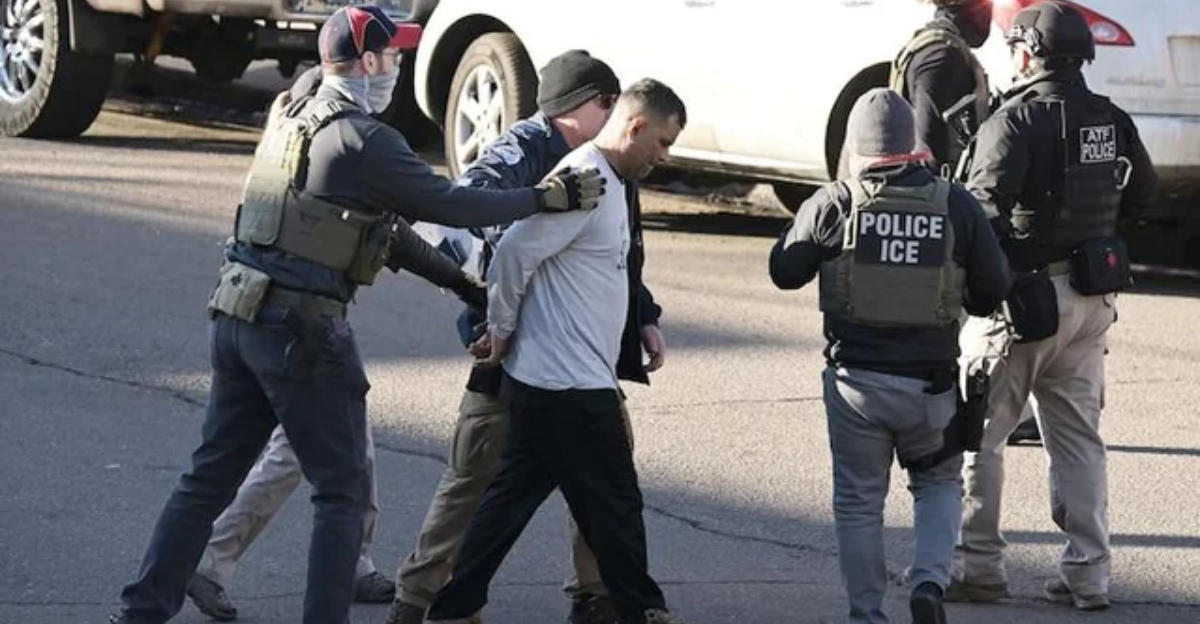
Somewhere between the sound of tamales sizzling and the jingle of an ice cream cart, something’s off. Vendors you saw every day are suddenly gone. They didn’t say goodbye. They didn’t sound a warning. Just silence.
Now suddenly, the streets feel emptier, like they’ve lost some kind of heartbeat. And if you ask around, people start whispering. Immigration and Customs Enforcement (ICE) was nearby. Again. But behind that fear, something unexpected is happening. People aren’t just watching. They’re stepping in. Buying everything. Because they know what’s at stake, even if no one’s saying it out loud.
Background on ICE Enforcement and Immigration Policies
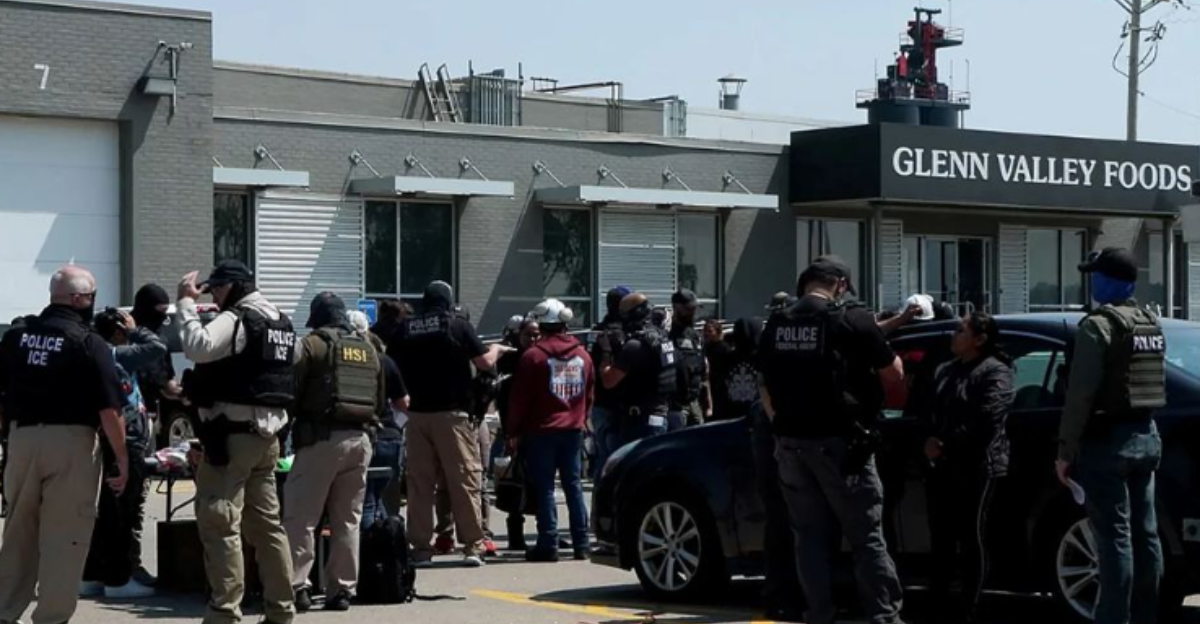
ICE doesn’t exactly announce its presence. One day things are calm, the next there’s panic rippling through entire neighborhoods. People check group chats, avoid certain streets, skip work. Do anything to avoid them.
Over the past few years, enforcement policies have shifted like sand, sometimes softer, sometimes downright ruthless. What stays the same is the fear. Especially for those without papers. Street vendors, many of whom operate in the margins, know they’re always at risk. And lately, that risk feels a lot closer.
Who Are the Street Vendors? Demographics and Challenges
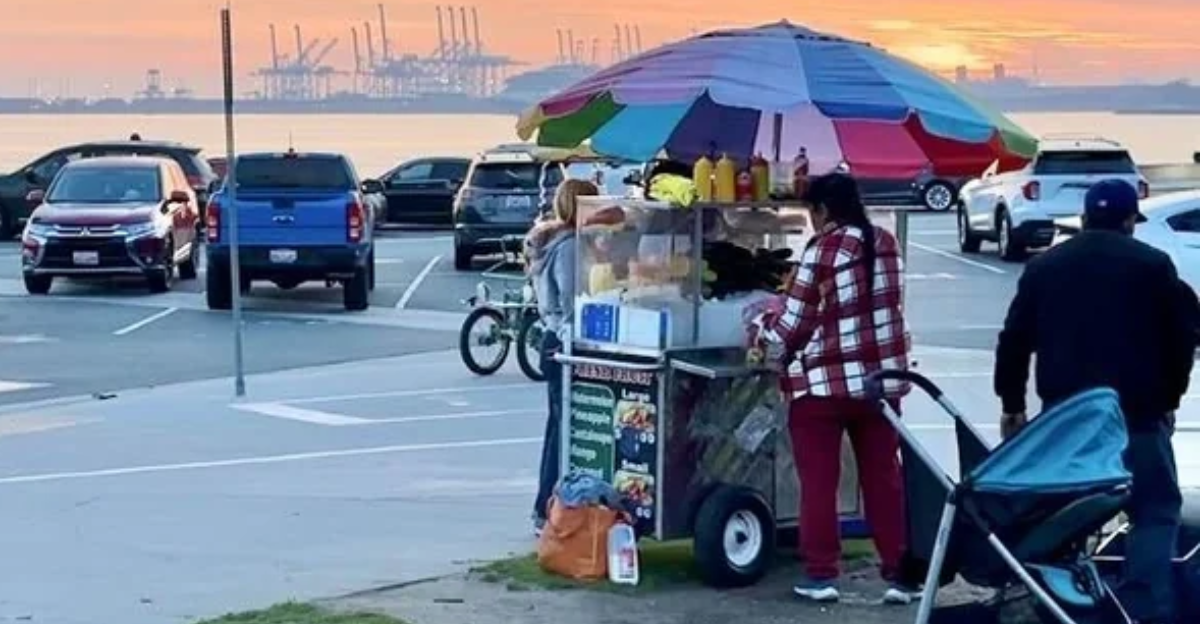
They’re mothers, uncles, grandparents. Some came here decades ago. Others just arrived. Many don’t speak much English, but they know how to cook, hustle, and survive. Most work without permits. No safety net. Just long hours, risky sidewalks, a strong faith in the American Dream and an equally strong fear of being caught today.
The Fear of Deportation: How ICE Raids Affect Daily Life
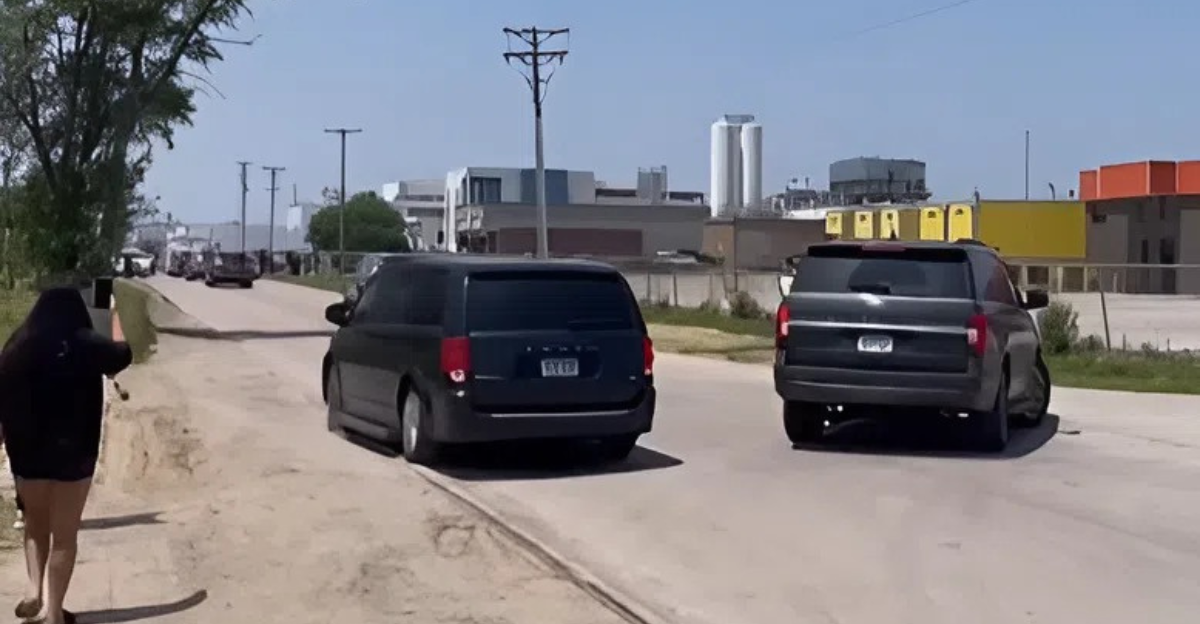
It starts with a rumor. Someone says they saw a black SUV circling. Another, that someone’s cousin was taken last week. As if on cue, vendors vanish, carts are abandoned and phones go silent. Every knock at the door sounds louder. And suddenly, everyone is in full on survival mode.
Economic Consequences for Street Vendors
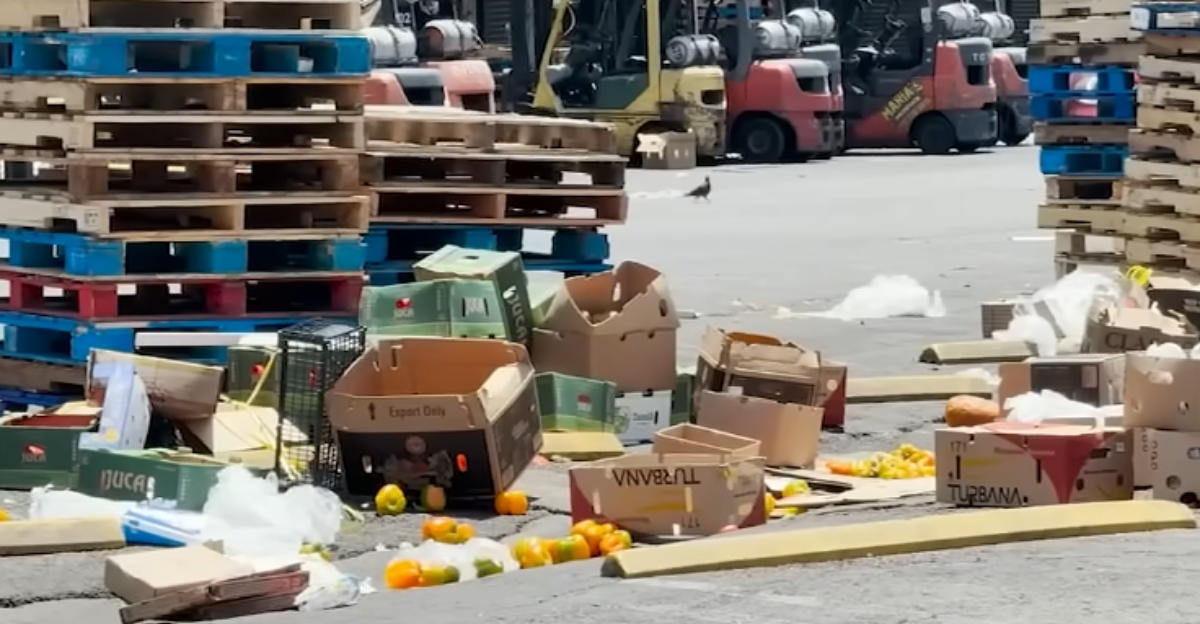
No vending means no income. It’s that simple. Miss a day, miss rent. Miss a week, fall behind on everything. Some lose their carts to police sweeps. Others dump food just to avoid getting caught. What little they make vanishes. Bills pile and it’s not funny for the vendors.
Community Response: Neighbors Buying Out Food to Support Vendors
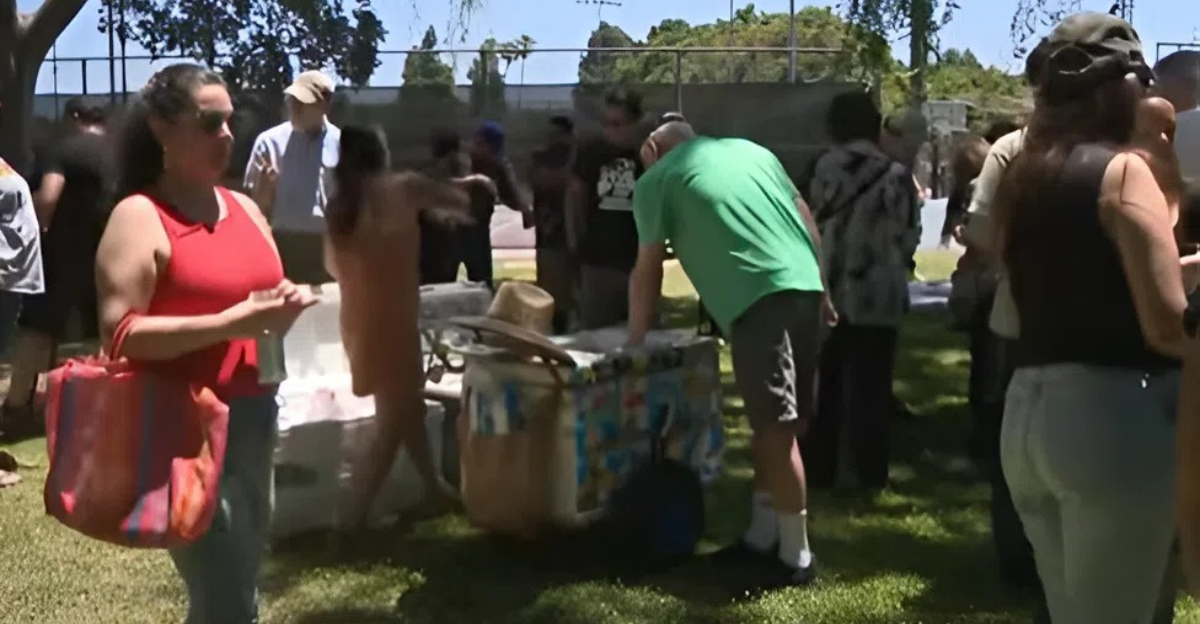
Then something beautiful happens. People show up. They don’t ask questions. They just buy everything. Tamales, pupusas, mango slices… all gone in minutes. Some pay double. Some don’t even take the food. It’s a quiet show of solidarity that speaks volumes
Local Organizations Offering Financial Aid and Advocacy
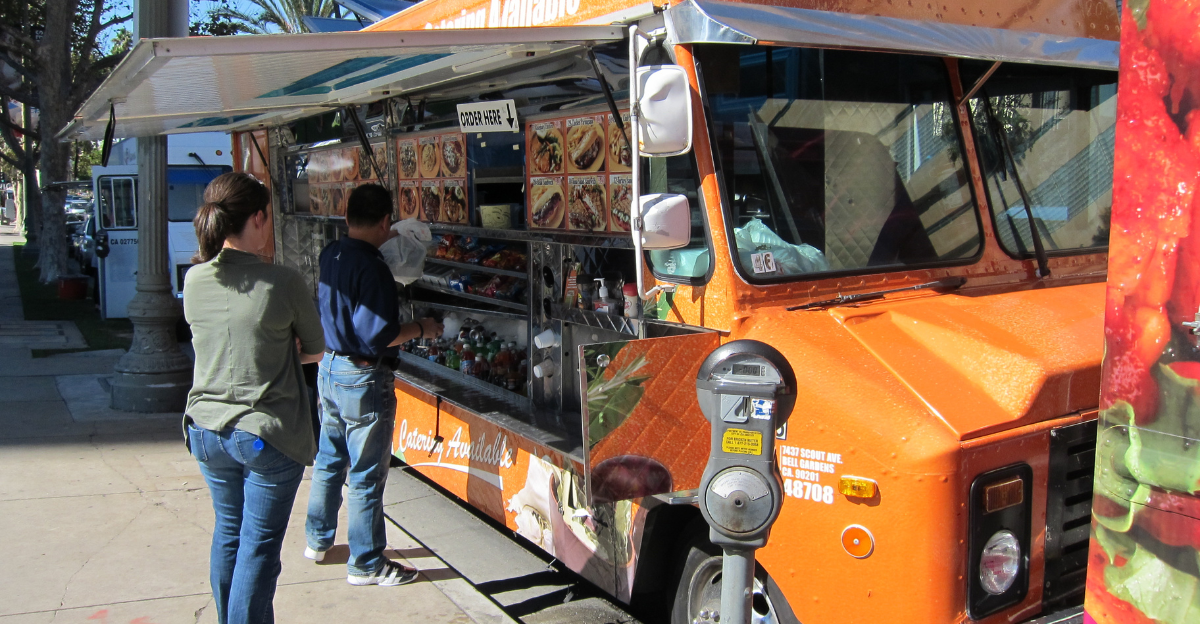
While vendors lay low, local groups get loud. Mutual aid collectives. Street vendor unions. Small nonprofits with big hearts. They pass out emergency cash, help with lawyer fees, even teach people their rights. Others help replace confiscated carts and help the vendors stay afloat.
Case Study: Street Vendors in Los Angeles
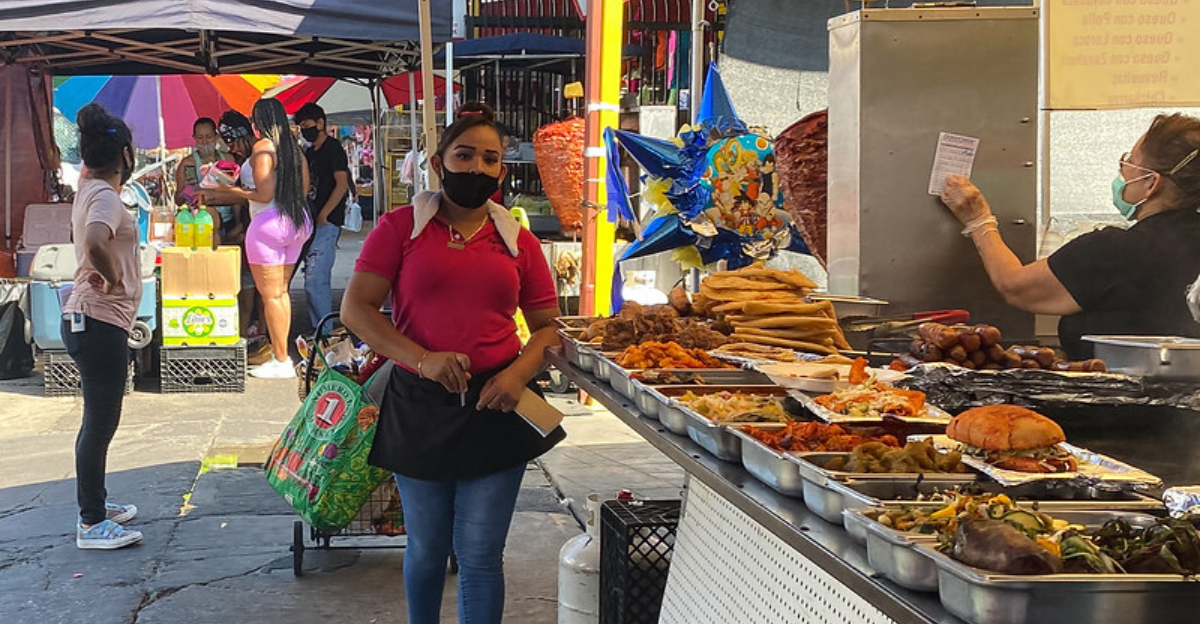
In LA, the sidewalks tell stories. Boyle Heights. MacArthur Park. Echo Park. One minute, vendors line the block. Next, it’s a ghost strip. After a string of ICE sightings, vendors went underground. But neighbors didn’t flinch. They formed crowds and stood solidly behind the vendors… and quite literally too, as some even formed escort groups, walking vendors home. It wasn’t organized. It was instinct.
Case Study: Street Vendors in New York City
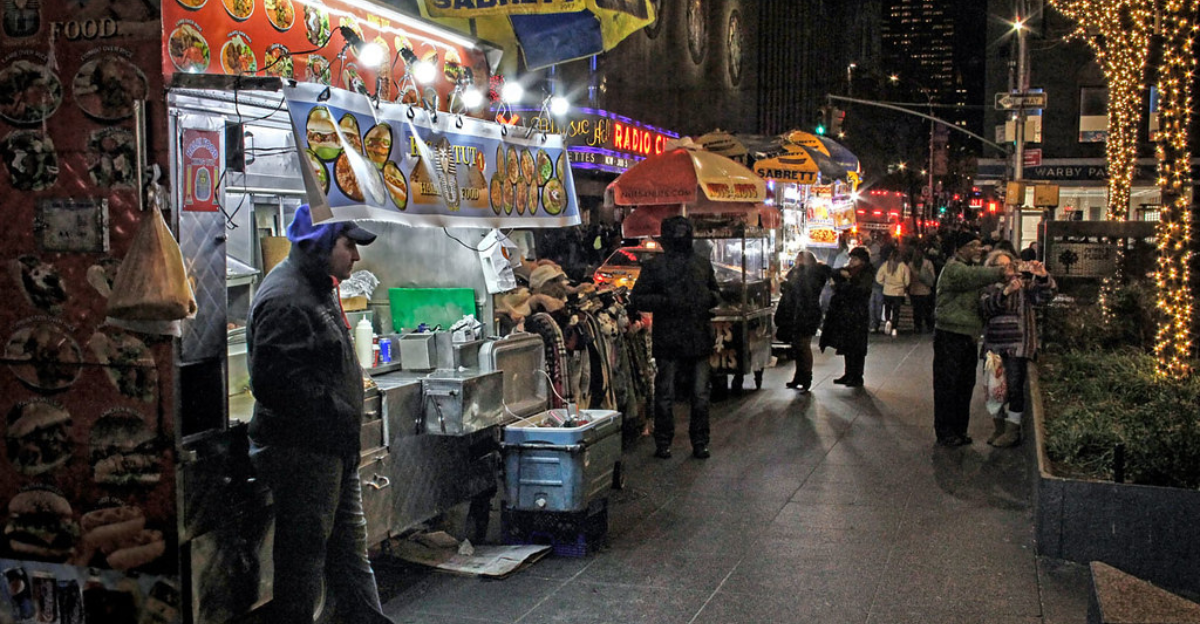
In Queens and the Bronx, it’s the churro ladies and halal grill guys who keep the corners alive. But when ICE made its rounds near subway stations, everything changed. One woman sold out her tamales in ten minutes flat. Word had spread, and the block showed up. Locals handed out gloves, helped pack up carts fast, and watched for unmarked vans. Another show of solidarity!
The Role of Nonprofits and Advocacy Groups
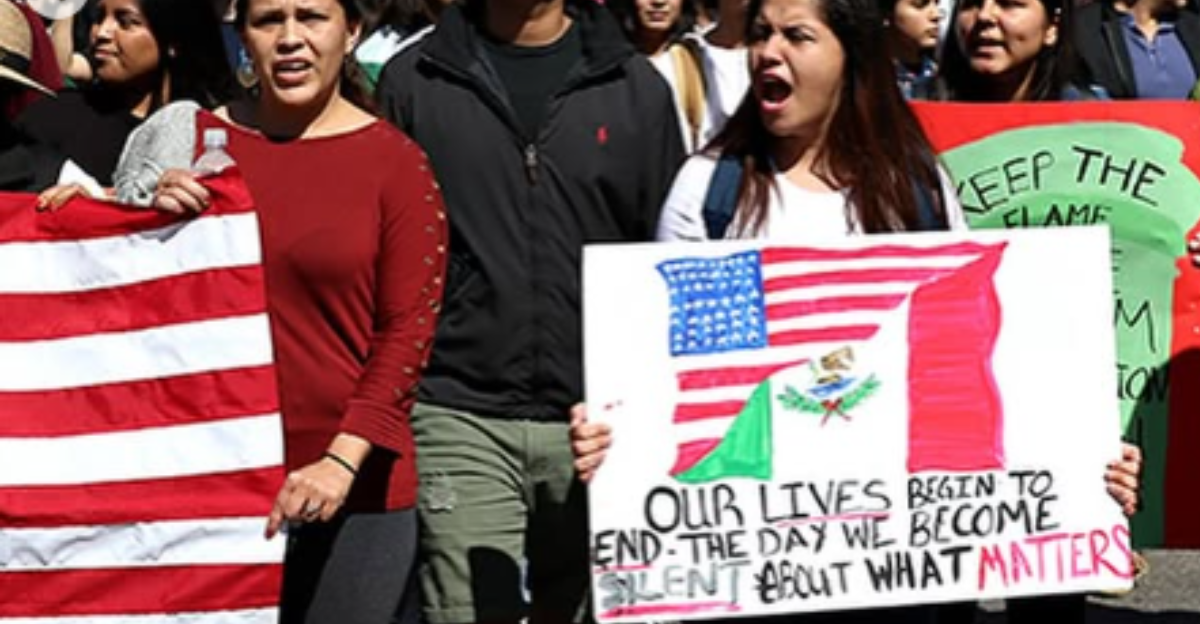
They’re not flashy. No big headlines. But they show up. Groups like Vendy Plaza and Street Vendor Project offer legal help, emergency funds, and someone to call when things go wrong. They fight for policy change, too, but mostly, they’re much-needed lifelines.
How Vendors Adapt
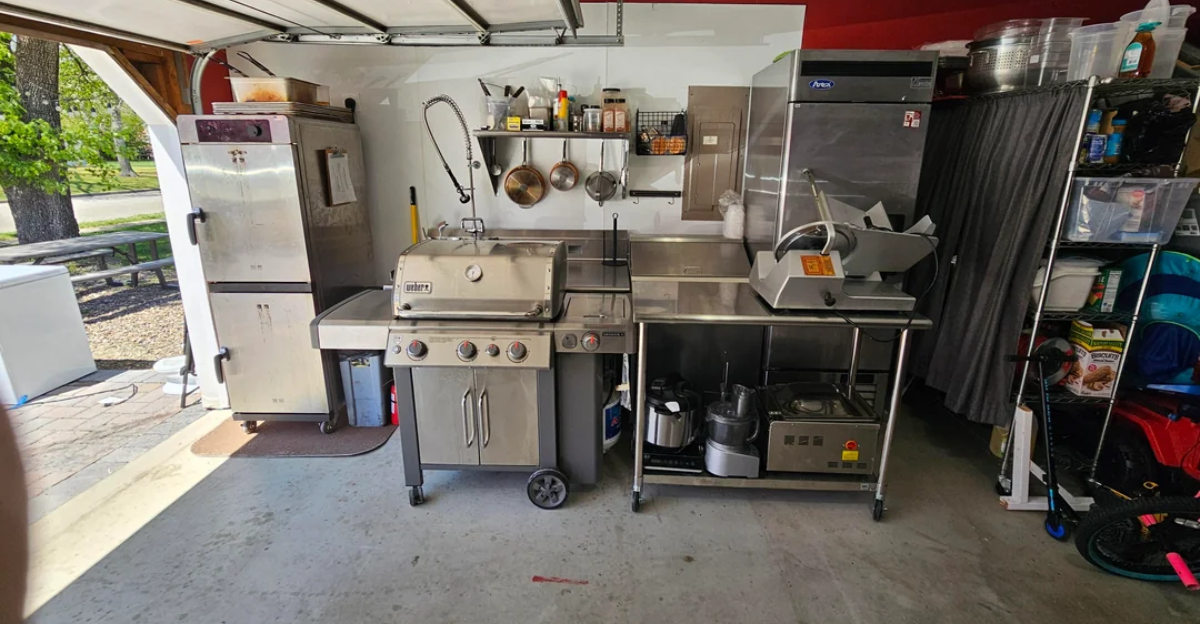
Some turn garages into kitchens. Others sell by text, delivery only. A few team up with local shops, hiding in plain sight behind legit counters. It’s not ideal, but it’s something. Survival now means staying invisible, but still feeding a community.
The Psychological Toll on Vendors and Their Families
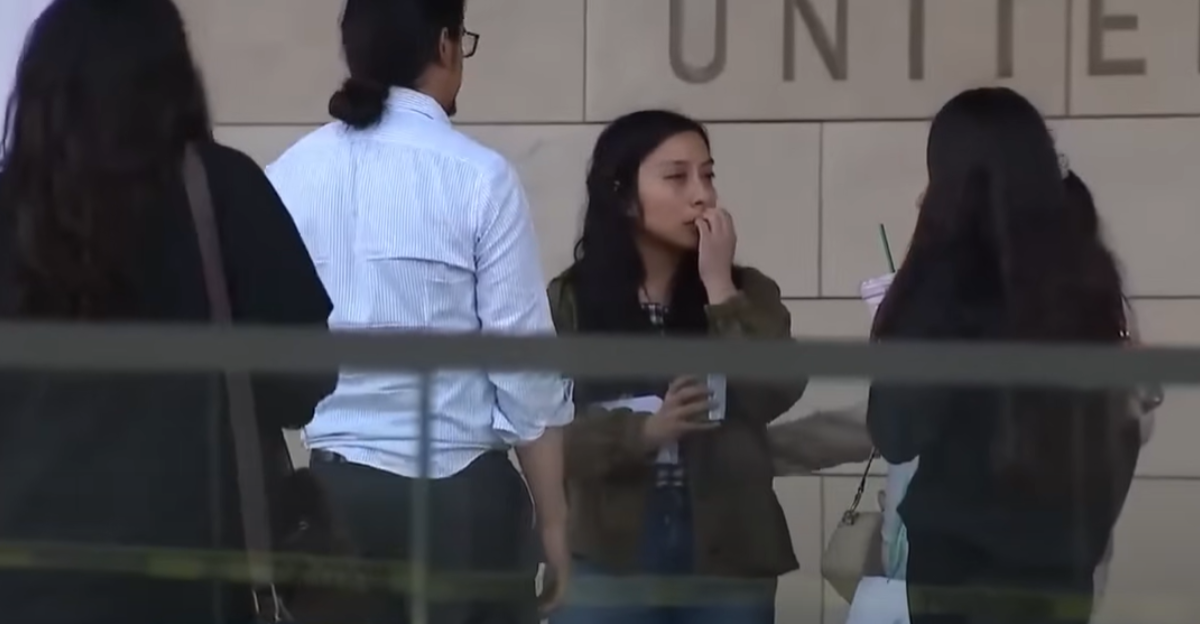
They don’t talk about it much, but it’s always there. That tight feeling in the chest when a car slows down or a loud knock hits the door. Even the kids pick up on it: quiet meals, anxious glances, backpacks ready for anything. Nobody sleeps all the way through. Everyone’s on edge, even when they’re smiling.
Impact on Local Economies and Neighborhoods

Although many times underestimated, these vendors are the real lifeline of local economies. So, when they are conspicuously absent, the silence is loud. These guys aren’t just about food. They are about connection, culture, and neighbourhood. Without them, everything starts to feel a little hollow.
Gentrification Risks as Vendors Disappear
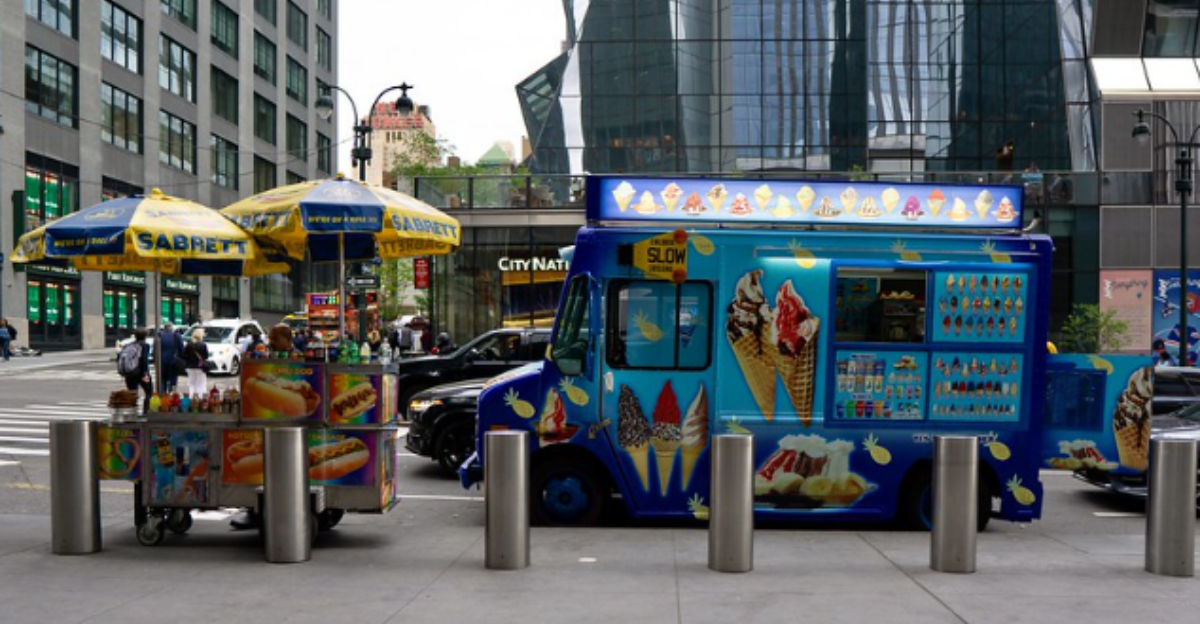
Once the vendors are no longer there, developers fill the void, offering “opportunities” where coffee and tamales once ruled. Eventually, old neighbors leave, and the culture fades. This happens so quietly, you might not even immediately notice. But then it goes to prove one thing: street vending isn’t just a business, it’s a claim to space. It’s culture. And when it is gone, so is the soul.
Legal Barriers

Getting a permit sounds simple, until you try. Years-long waitlists. High fees. Confusing rules in multiple languages. And for undocumented vendors, it’s often a dead end. So they work without one, knowing the risk. The system says “follow the rules” but rarely gives them a way to.
Voices from the Vendors: Personal Stories and Testimonials
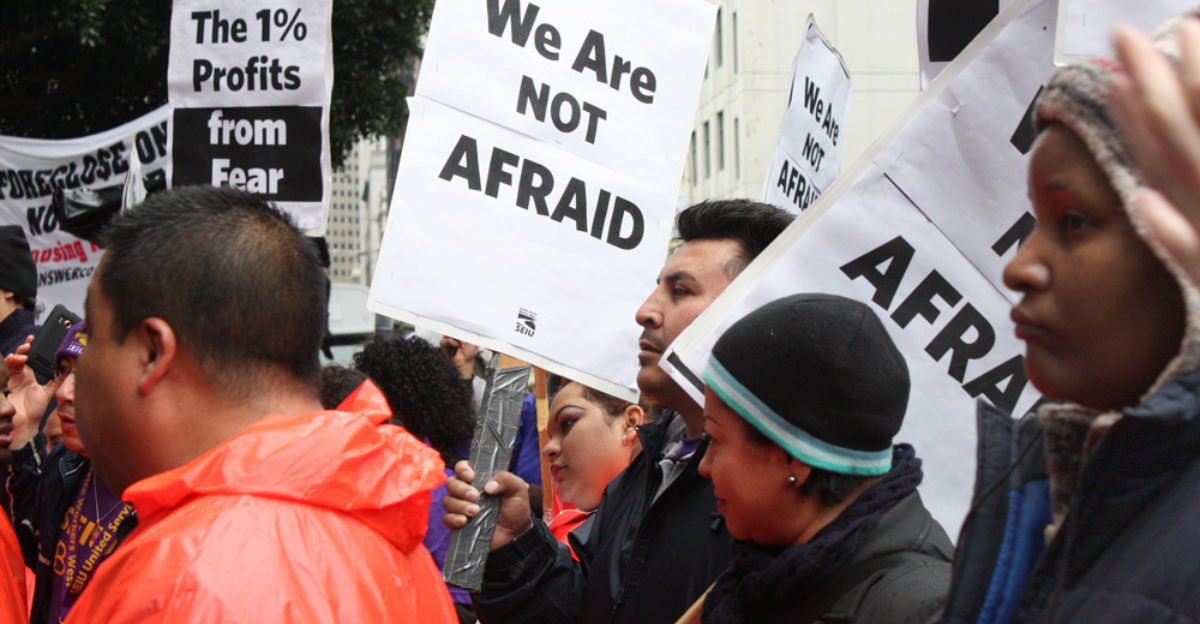
One woman said she hides her cart behind a dumpster when she hears ICE is near. A man shared how his son cries every morning, afraid he won’t come home. Another sells tamales door to door now. Quiet, fast, always looking over her shoulder. These aren’t headlines. They’re real lives unraveling.
Community Solidarity
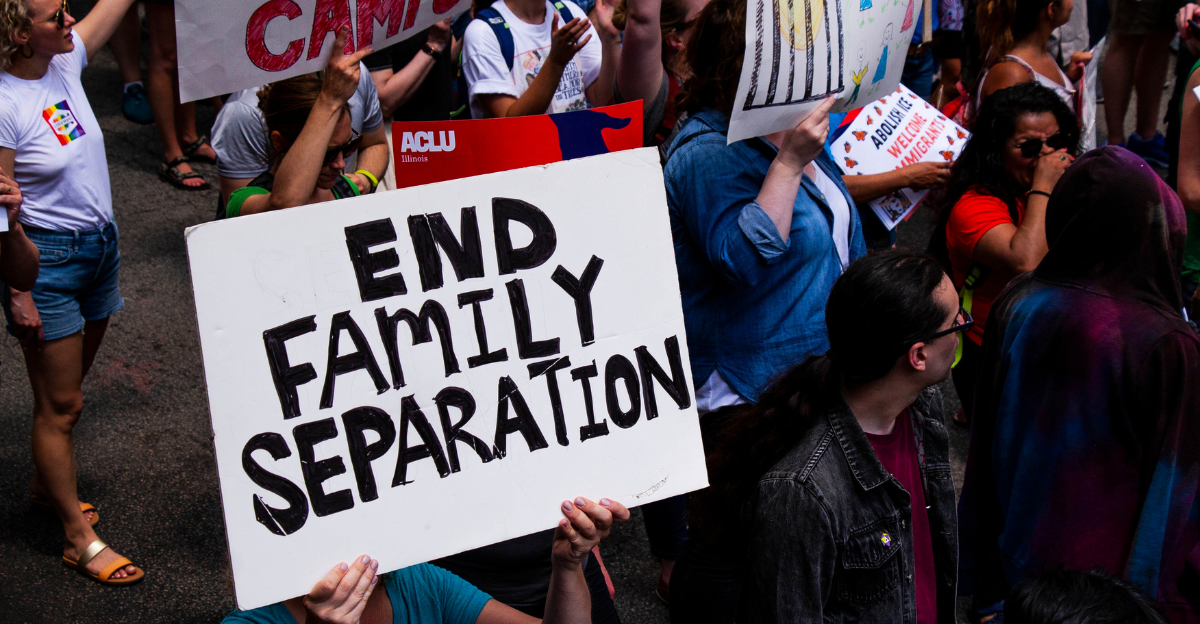
As we have repeatedly shown, most communities always stand behind these vendors. People organize without waiting for permission. One block throws a party, sells out every plate. Another neighbor sets up a GoFundMe. No big speeches, just action. It’s how a community holds itself together.
Policy Recommendations and Calls for Reform

Advocates aren’t just shouting into the void; they’ve got plans. The basic plan is to protect vendors from ICE during business hours. Some push for full decriminalization of street vending. Others demand emergency relief funds.
The Broader Immigration Debate and Public Opinion

Some say laws are laws. Others say those laws were never built for everyone. The debate spills into town halls, TikTok rants, late-night arguments. But on the streets, things are clearer. These vendors aren’t threats. They’re neighbors.
Conclusion
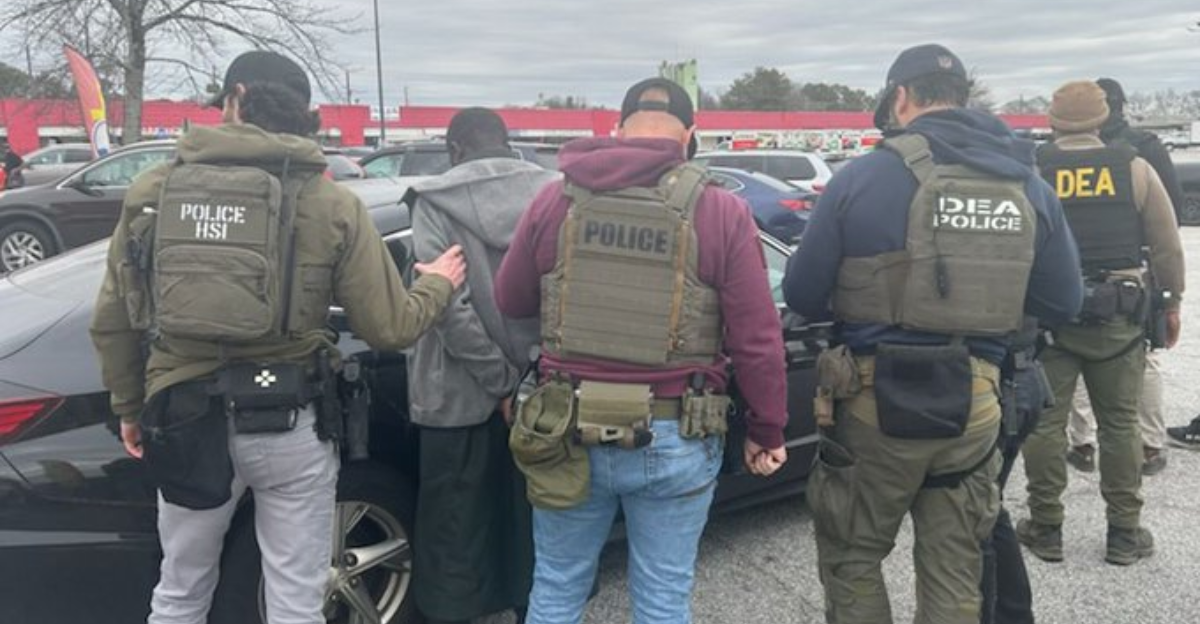
No one knows what’s next. ICE isn’t going anywhere. Neither are the vendors. They’ll keep moving, adapting, hoping. Some will vanish. Others will rise. But the spirit (those sizzling grills, those quiet sidewalk smiles) is hard to kill. As long as someone’s hungry and someone is willing, street vending will find a way.